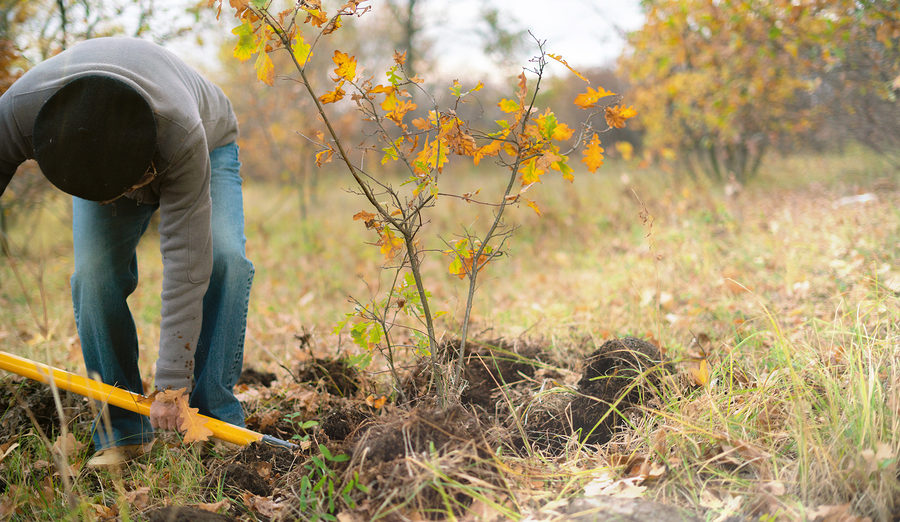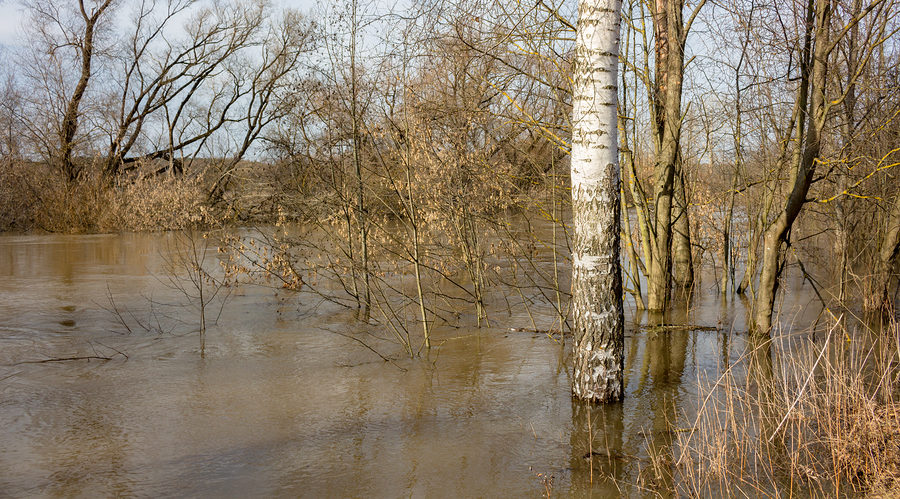There are many reasons why you want that small tree out of your yard. Perhaps it is in the way of a major backyard renovation project, like a new underground swimming pool or pergola. Or maybe you are installing new landscaping and the tree doesn’t quite fit the design you had in mind. Mostly, small trees have to be removed if they are simply not thriving properly. In this case, you might even be able to save the tree by transplanting it in an area with better soil and sunlight conditions.
Regardless of why you need to remove a small tree from your yard, the tools and steps you should take to do so are fairly the same. If you plan to transplant the tree, you want to take better care; however, if you are simply tossing the tree into a compost, all you have to do is follow the right steps for a hassle-free process.
Continue below to learn what you will need to get the job done, and how to get started.

What You Need
Whether you are keeping the tree or tossing it, you will need access to water, preferably a garden hose, as well as a sharp spade or shovel, or both. If you are planning to move the tree to another spot on your property, you will also want to get some quality burlap and twine, as well as a tape measurer. You can use tarp in place of burlap if you have it on hand already. The water will mostly be used to wet the soil and make digging easier, but it will also be very necessary for saturating the root ball in order to protect it while it is exposed between planting. Keep these factors in mind when you are setting up your workstation.
Getting Started
QUICK NOTE: If you are not replanting the tree, you do not have to incorporate the instructions regarding burlap and twine, below.
Step One – On the day before you intend to dig out your tree, wet the soil around the base. This protects and prepares the tree roots, plus makes digging much easier. If you can place a garden hose for 20 minutes over the area until it is fully saturated. Do not to get the tree bark wet.
Step Two – The next day, calculate how far out you need to dig around the tree in order to keep the root ball intact. The general rule of thumb is, for every inch of tree trunk diameter, give the root ball 9 to 12 inches in diameter and at least 6 inches of depth.
Note: This step is not as important if you are not keeping the tree, nor doing any underground excavation work in which tree roots would be disruptive.
Step Three – Using your twine, carefully tie up the lower limbs of the tree just like you see when shopping for Christmas trees. This protects the branches and foliage from excess breakage. You can remove the ties once you replant the tree.
Step Four – Begin digging around your calculated diameter, and down to your calculated depth. You need your spade or shovel to be very sharp because you will have to make clean cuts to the outside roots in order to free the tree from the ground. Furthermore, cleaner cuts heal faster and acclimate better to new environments.
Step Five – Remove any excess soil in the way. Then wedge your shovel underneath the root ball and push the handle down to lift the tree out of the ground. You might have to cut some extra roots to fully free the tree.
Step Six – Place the tree, root ball first, on your burlap or tarp. Then wrap the material around the root ball. This protects the roots from drying out in between transplanting. Even if you are not keeping the tree, it helps to cover the root ball for easier cleanup.
Need Help Removing a Tree in Indianapolis?
Call Timberland Tree Care at 317-348-0811 for fast and affordable Indianapolis tree removal service for your residential or commercial property. You may also request free estimates and advice, anytime! Whether you need a stump removed, or an entire lot cleared, we are the tree care professionals to trust for quality work at the right price.


